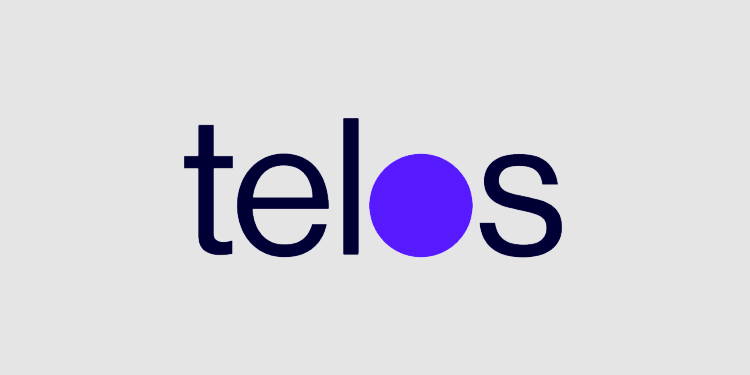Telos, a blockchain network and platform, today announced the launch of T-Bond NFTs, a new fusion of DeFi and NFTs as a tool for unlocking liquidity. T-Bonds allow tokens to be locked into transferable Non-Fungible Tokens (NFTs) that are then unlocked when the maturity date or other maturity conditions are met. These T-Bond NFTs can be sold or traded on secondary markets for investment or as a yield hedge for tokens offering staking rewards, much like U.S. Treasury Bonds or “T-Bills.”
Today, projects face significant challenges when fundraising in the cryptocurrency ecosystem. A common scenario is when a project sells tokens at a discounted rate to support a technical milestone, such as a mainnet launch. As the company then makes tokens available through exchanges, buyers immediately capitalize on any early discount they received by selling their tokens. This undermines the goal of the original token sale, which is to sustainably support the project’s long-term growth.
T-Bond NFTs solve this by allowing cryptocurrency projects to sell tokens that are locked in an NFT until the T-Bond’s maturity conditions are met. While the most common maturity condition may be a specific date, it can also be based on milestones such as the release of a project’s testnet, mainnet, or other technical feature, or even a specific token price.
If a buyer needs access to liquidity before the maturity condition is met, they can simply sell their NFT on any supported secondary market. A T-Bond NFT can change hands as often as needed until its lifespan is reached, at which time the current owner can unlock its liquidity.
“T-Bond NFTs offer a new and powerful option for any project seeking funding based on future technical achievement. Back in the ICO boom and continuing still, far too many projects have raised funds only to see their token plummet in value and community support dwindle. T-Bond NFTs create an ecosystem where projects can raise funds through investors, who in turn have the freedom to sell their NFTs on the secondary market without impacting the token price. This facilitates a vastly more sustainable model by harnessing the new synergy between DeFi and NFTs.”
– Douglas Horn, Chief Architect of the Telos blockchain
DAOs or crypto projects of any kind can issue T-Bonds
T-Bonds have a lifecycle with three periods: Creation, Hold/Trade, and Maturity. T-Bond NFTs are sold by their issuer to an initial buyer for another currency at a discount to compensate the issuer for the illiquid nature of the underlying tokens. T-Bond NFTs are not technically a bond, because unlike a bond, which is a debt instrument, a T-Bond transfers ownership of the underlying tokens whenever the NFT is sold, so there is never a debt created.
Like bonds, the valuation of a T-Bond NFT is the function of its face value related to its expected time to reach maturity relative to alternative forms of yield. With tokens that offer staking rewards, T-Bonds can see their present value rise if the staking reward yield drops, and vice-versa, creating an opportunity for hedging or speculating on yields.
Initial use-case
The first use of T-Bond NFTs will be by Telos itself as it uses existing TLOS reserves to create a large ETH/TLOS liquidity pool on Uniswap as part of the newly released TULIP plan. The sale will be arranged within two weeks. More information on the inaugural TLOS T-Bond NFT sale will be announced within 48 hours before the sale commences on telos.net, where there is also more info about how to participate. The Telos team believes others will follow, using the open-source tools and docs provided by the network.
